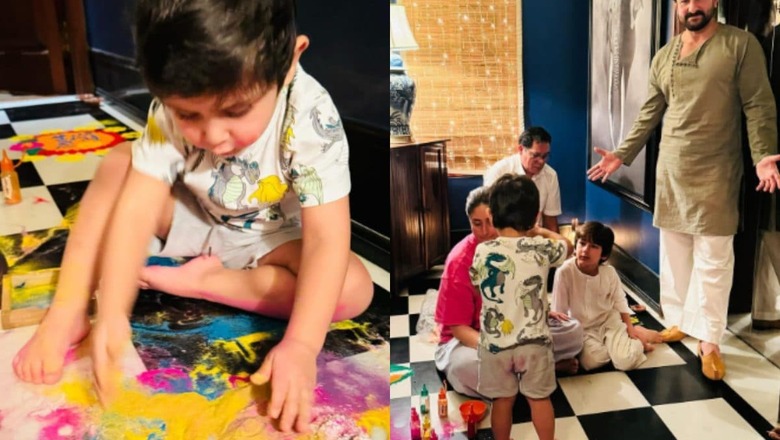
views
Leveraging the emotional language of colors in the design of learning environments is important. Himanshu Yagnik – Chief Operating Officer, Kidzee and Mount Litera Zee School shares how to create a vibrant and conducive atmosphere across our renowned school brands:
In our pursuit of excellence in education, we understand that the aesthetics of learning spaces play a crucial role in shaping the overall experience for both students and educators. The choice of colors is more than just a visual aspect; it is a strategic decision that goes hand in hand with our commitment to fostering a positive and cohesive community within our schools.
Branding is not merely about logos and taglines; it extends to the very essence of our identity, including the colors we choose to represent ourselves. Our exploration into the emotional impact of colors has revealed how aligning specific hues with our school brands contributes to a sense of identity, pride, and belonging among students and staff alike.
The psychological impact of colors is well-documented, and we have carefully integrated this knowledge into the design of our learning spaces. From calming blues to energizing yellows, each color has been strategically selected to enhance the learning experience, stimulate creativity, and create an environment conducive to academic growth.
Practical applications of color psychology in diverse learning spaces have yielded remarkable results. Our classrooms, libraries, and recreational areas are thoughtfully infused with colors that inspire focus, collaboration, and a sense of well-being. We believe that a visually appealing and harmonious environment contributes significantly to the overall development of our students. The Institute for Color Research, now known as Color Matters, unveiled some eye-opening insights. According to their studies, color can amplify learning by a margin ranging from 55% to a staggering 78%. Moreover, comprehension rates can shoot up by an impressive 73% when color is strategically employed.
It is important to invite educators, parents, and the community to join us in exploring the transformative power of colors in education. Through this strategic approach to design, we are not only shaping physical spaces but also nurturing a sense of community and pride within our educational institutions.
















Comments
0 comment